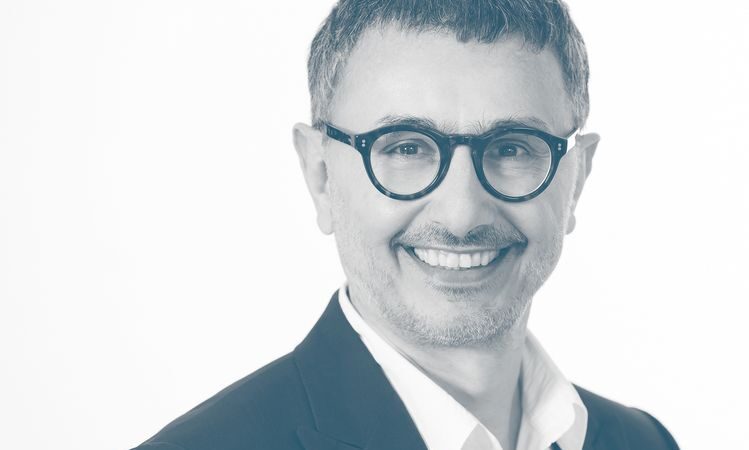
Funds touted as having higher sustainability credentials — or ‘dark green’ funds — risk becoming obsolete if the European Commission and regulator continue tightening ESG rules, the chief executive of a €27bn impact specialist fund group has warned.
Under the Sustainable Finance Disclosure Regulation, funds designated in the ‘dark green’ Article 9 category must meet stricter requirements than their ‘light green’ Article 8 counterparts. This includes having sustainable goals as part of their objective and ensuring they “do no significant harm”.
However, guidance issued by the European Commission last July that 100% of assets in Article 9 funds must be sustainable has sent asset managers into a panic.
Mirova CEO Philippe Zaouati did not dismiss the possibility Mirova would have to downgrade its funds, which are all categorised under Article 9, should stricter rules come into play.
“I won’t say no chance because it will depend on the evolution of the regulation,” he told FN. “If it stays like it is today, we will stay Article 9. But if the Commission decides to strengthen again, and make a stricter definition of what sustainable investing is, we can make small adjustments … but we won’t completely change the way we invest.”
“If we decide to give up, that means there won’t be a lot staying in Article 9,” he added. “So that probably means Article 9 is dead to some extent.”
Amundi, BlackRock and DWS are among the fund groups that have downgraded swathes of funds with billions in client assets from ‘dark green’ to ‘light green’ ahead of the anticipated changes.
According to data from Morningstar, 307 funds, with €175bn worth of assets, shifted from Article 9 into the less stringent Article 8 category in the final quarter of 2022.
The dark green downgrades have shown no signs of letting up in 2023, with Lombard Odier announcing on 3 February it had reclassified nine funds after taking a “conservative approach” to its interpretation of the SFDR rules.
Zaouati told Financial News Mirova, which is a subsidiary of Natixis Investment Managers, has been lobbying the European Commission to ensure the Article 9 category maintains “enough flexibility”.
The European Securities and Market Authority is still waiting for the European Commission to clarify its definition on what constitutes a ‘sustainable investment’. But Zaouati said some asset managers think it will come up with its own definition, instead of letting the market decide, in order to reduce greenwashing.
READ FCA labelling on ESG threatens to show up EU framework
Zaouati also sees problems with the Financial Conduct Authority’s incoming ESG labelling regime.
While what the City watchdog has come up with is “user-friendly” and “very easy to use as a marketing tool”, its proposed green labels, such as ‘impact’ and ‘transition’, create unhelpful distinctions, the Mirova boss said.
“In terms of sustainability today, I don’t think there is a difference between a company which starts from nothing and does only green products and a company with a longer history, which is really committed to adapting and following the right path that is coherent with the Paris Agreement of 1.5°. We need both,” he said.
“So, saying that impact would only be investing on the greenest part and transition on the other – I don’t agree with this distinction.”
READ UK regulator’s ESG boss says greenwashing fines ‘will come’
The transition bucket — a catch-all for funds that are invested in companies supporting the transition to net zero – also risks attracting “a lot of unsustainable assets”, Zaouati added.
“I’m a little bit concerned that this category could become more greenwashed than the others. Companies say they’re in transition because they are investing 10% of capex in renewables. But everybody knows this transition is not as quick and as deep as we need.”
‘We probably need more carbon credits’
Zaouati’s views on the controversial carbon credit market are more favourable. Mirova has been in the space for around a decade and has attracted funding from big backers, including Orange, Kerring and L’Oreal, for regeneration projects in return for carbon credits.
Carbon offsets have been touted as a credible solution to the climate crisis by the likes of US climate envoy John Kerry and former Bank of England governor Mark Carney.
But their legitimacy has been called into question after an investigation by the Guardian revealed more than 90% of the carbon credits issued by Verra, the world’s largest certifier, do not represent genuine carbon reductions and are “largely worthless”.
Mirova uses Verra, as well as other providers, to certify its carbon credits.
READ Oil and gas industry moves to tap ESG-linked loans with pledges to cut emissions
But Zaouati said the asset manager “sets a high bar” by only investing in “high quality” projects with biodiversity co-benefits. These tend to be a bit more expensive, averaging around $10 to $12 per tonne of CO2.
It also has feet on the ground in Latin America and Africa, where many of its projects are based, and collaborates with local communities and NGOs.
Zaouati said while the recent media scrutiny is welcome because it increases transparency and holds the industry to account, “it’s very important not to throw the baby out with the bathwater”.
“Everyone agrees these investments in conservation are useful and probably we need more,” he told FN.
“The message to corporates is don’t buy the carbon credits at $1, buy it at a higher price. Invest more. Don’t speak too much on setting and speak much more about positive outcome and then we can move this market from a financial commoditisation of nature to a positive contribution to nature.”
Want more on ESG? Our weekly newsletter has you covered
To contact the author of this story with feedback or news, email Kristen McGachey






